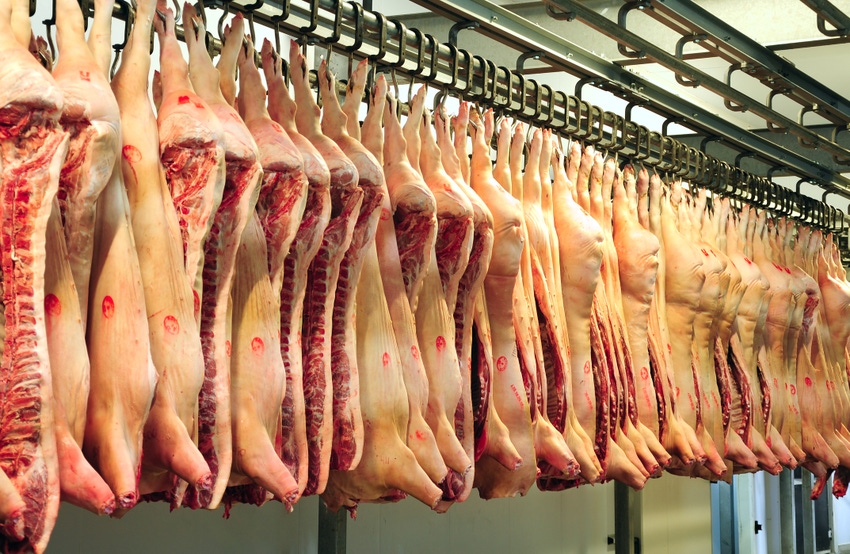Canada, Central America and Colombia also contributed to 2016 export growth.

U.S. pork exports set a new volume record in 2016, reaching 2.31 million metric tons, thanks in part to a fifth consecutive record year for exports to Mexico. Dan Halstrom, U.S. Meat Export Federation senior vice president for marketing, explained that Mexico is an especially strong destination for hams, but the U.S. industry ships a wide range of pork cuts to Mexico.
“It’s a pretty broad mix of products that goes down there — variety meats, feet, butts, boneless picnics, ribs, brisket bones — but the real key driver is hams,” he said, adding that well more than half of the volume is hams.
“Currently, the value of hams, if you look at the cutout value, is up about 8% year on year, (and that's) in the face of record production. So, I would argue that this ham business to Mexico is one of the primary drivers of that,” he said.
Halstrom added that other Western Hemisphere markets also made important contributions to U.S. pork export growth in 2016. Exports to Canada were higher year over year, shipments to Central America were record large and, after a slow start, exports to Colombia came on very strong late in the year.
“In Canada, the mix is pretty broad there, as well," he said. "We’ve got variety meats that go up there. There is a very, very big market for pork hearts in Canada.”
With the muscle cuts, Halstrom said the U.S. really has two segments in Canada: “We have the raw material that goes into further processing, and we also have a pretty wide swath of fresh product that goes into retail. So, this complements the Mexico business quite well.”
According to Halstrom, a lot of the trend lines in the Central America region are similar to Mexico. “We’re starting to see some real penetration, especially in the retail sector. All seven markets in Central America saw growth year on year in 2016, and we’re looking at that to continue in 2017 as well,” he said.
Colombia started out slow in 2016 due to large domestic production and a weak Colombian peso, Halstrom said, but “the last part of the year saw dramatic growth, and for the year, we’re up 7% at 44,000 metric tons — (a) very, very key market for some of the further-processing items.”
About the Author(s)
You May Also Like
.png?width=300&auto=webp&quality=80&disable=upscale)
.png?width=300&auto=webp&quality=80&disable=upscale)

